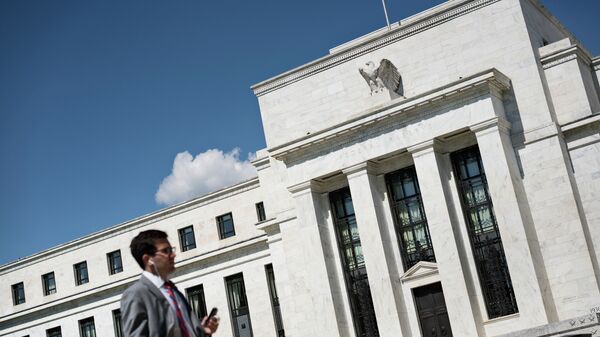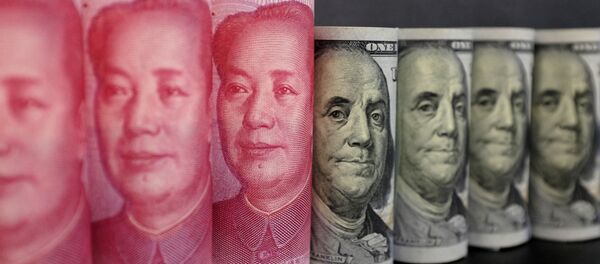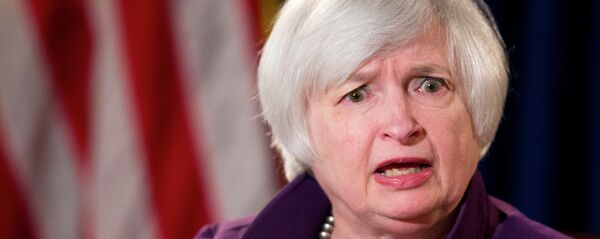Kristian Rouz – A batch of US macro data that came in just days after the Federal Reserve increased base borrowing costs to 1.00-1.25 percent supports the view that the Fed made their decision amidst a weakening economic outlook.
US inflation weakened in May, rendering Federal Reserve policymakers increasingly sceptical of the pace of monetary tightening in the US, which might mean that the next interest rate hike might be at least three months away. The US real estate sector also posted weak residential property starts that same month, with ground-breaking figures having dropped to their eight-month lowest, and the issuance of construction permits declining.
President Donald Trump, however, sees the pace of the Fed tightening of monetary conditions as still too slow, as his fiscal stimulus planning requires a quicker return to the normality in interest rates and Fed balance sheet. In order to support the economy and allow the central bank to hike rates further, the White House is poised to indirectly – through policy action – allow US commercial banks to release trillions of dollars into the economy in the form of loans.
“Should they ever get an infrastructure plan in place, should they ever get tax cuts, one might think there would be a demand to borrow money,” Anton Schutz of Mendon Capital Advisors in New York said. If the US economy gets the White House-promised “infrastructure program and people can’t borrow money,” the benefits to economic growth would be limited, if not impaired.
The main reason why most US banks can’t increase the pace and volume of credit issuance is the excessive regulation of the banking sector, including the Dodd-Frank Act. The existing regulations require that banks hold a high amount of capital reserves in order to be able to stay afloat in case an economic crisis hits. Trump’s deregulation of the banking sector would provide lower reserve requirements, meaning the banks will be able to put the money to work.
This outgoing week, the White House published a 150-page overview of their plan to deregulate banking sector and lower reserve requirements. Bank of America analysts said that the play, should it come through, would release up to $2 trln into the US economy in the form of new loans. This would mean an increase in consumer activity, and business activity, including an intensified hiring and higher performance in retail sales segment.
However, many US banks have recently tightened their underwriting standards for both individual and business borrowers as the overall shape of the US economy is not at its best. This means that the gains in loan issuance would be gradual, and lenders would be aware of the pace of the US economic growth and the conditions in certain segments of the US debt market. For instance, the auto loan segment is in its worst shape since 2008, because many insolvent borrowers have bought a car between 2009-2015 (near-zero rates), and are now unable to pay for it.
US inflation, meanwhile, stand at 1.7 percent currently, and the Fed expects it to not exceed 1.6 percent for this year, which is below the targeted 2 percent. Tight labour market has failed to provide a major boost to inflation, and consumers are lacking disposable incomes and/or credit money to buy things.
"We should be very careful about raising rates and we should do it patiently and carefully," Federal Reserve Bank of Dallas Robert Kaplan said.
In this environment, the Fed will stay on course to further rising interest rates, most likely, regardless of the macro fundamentals, but the role of the White House economic planning is poised to increase dramatically in the coming months. As the Trump-proposed economic reforms progress, the US productive forces will at times operate in the manual mode, as the policymakers will have to ensure the appropriate allocation of funds and non-distorted policy transmission to the Main Street economy.



